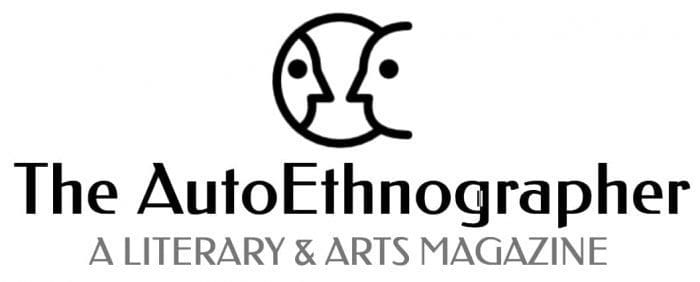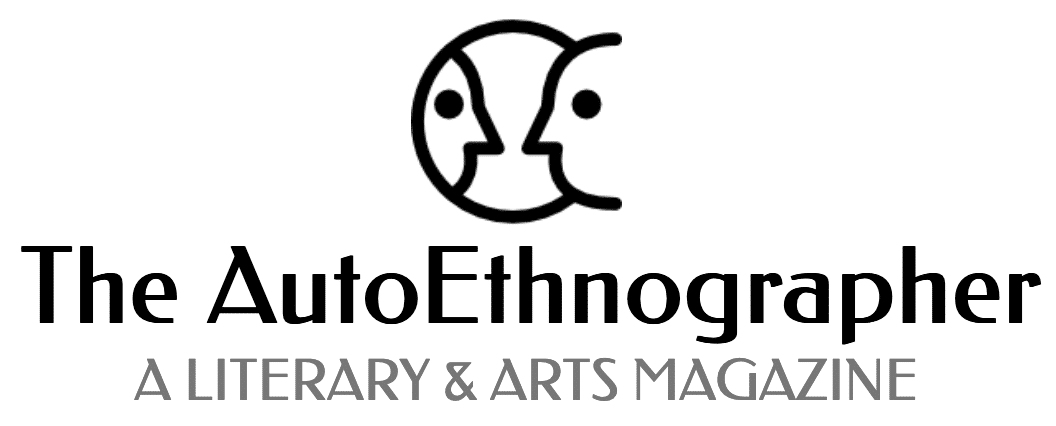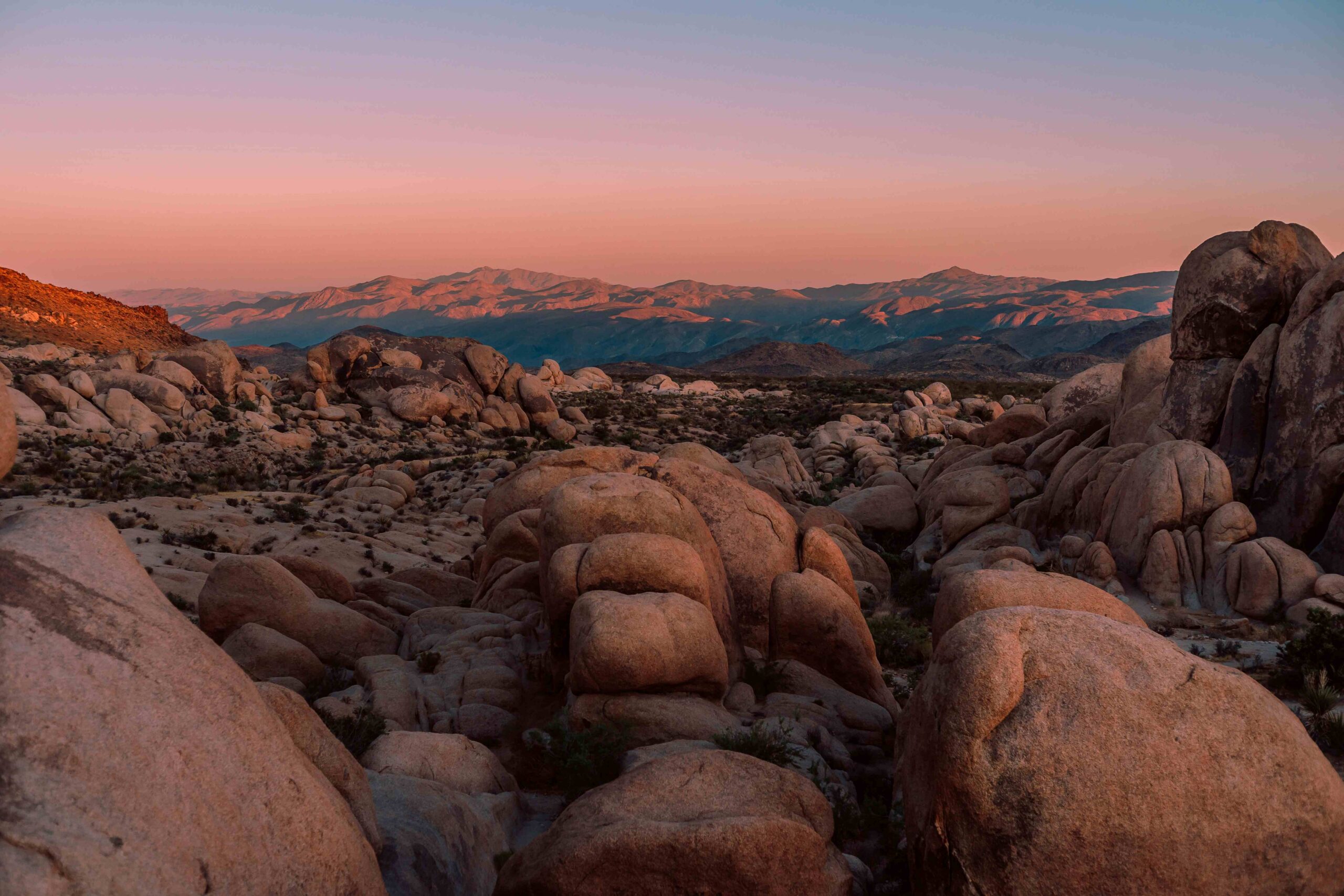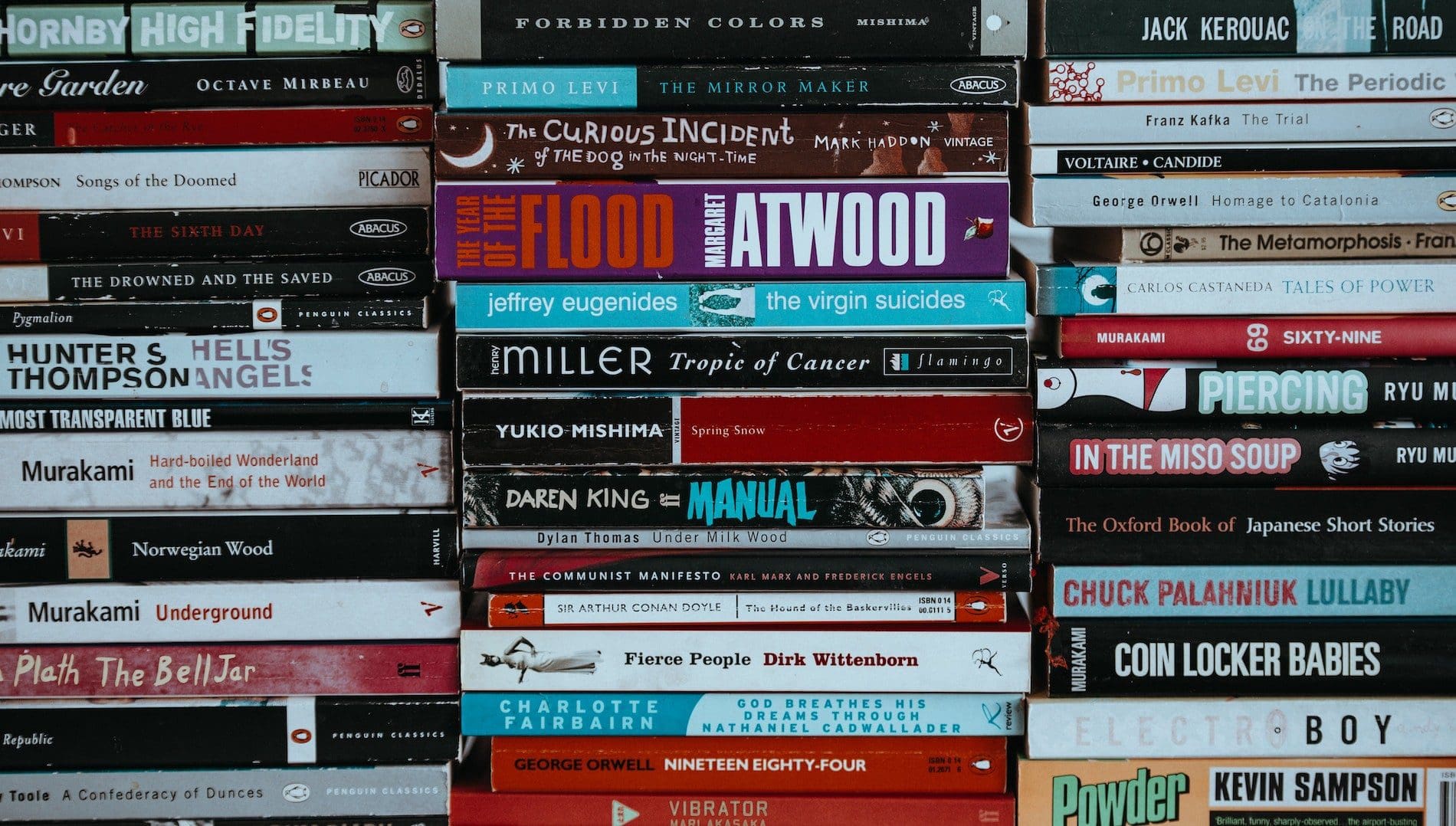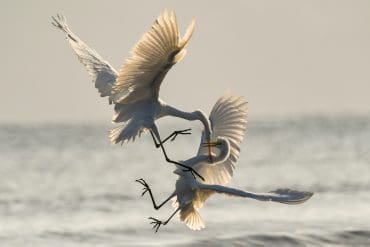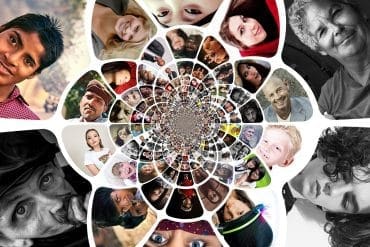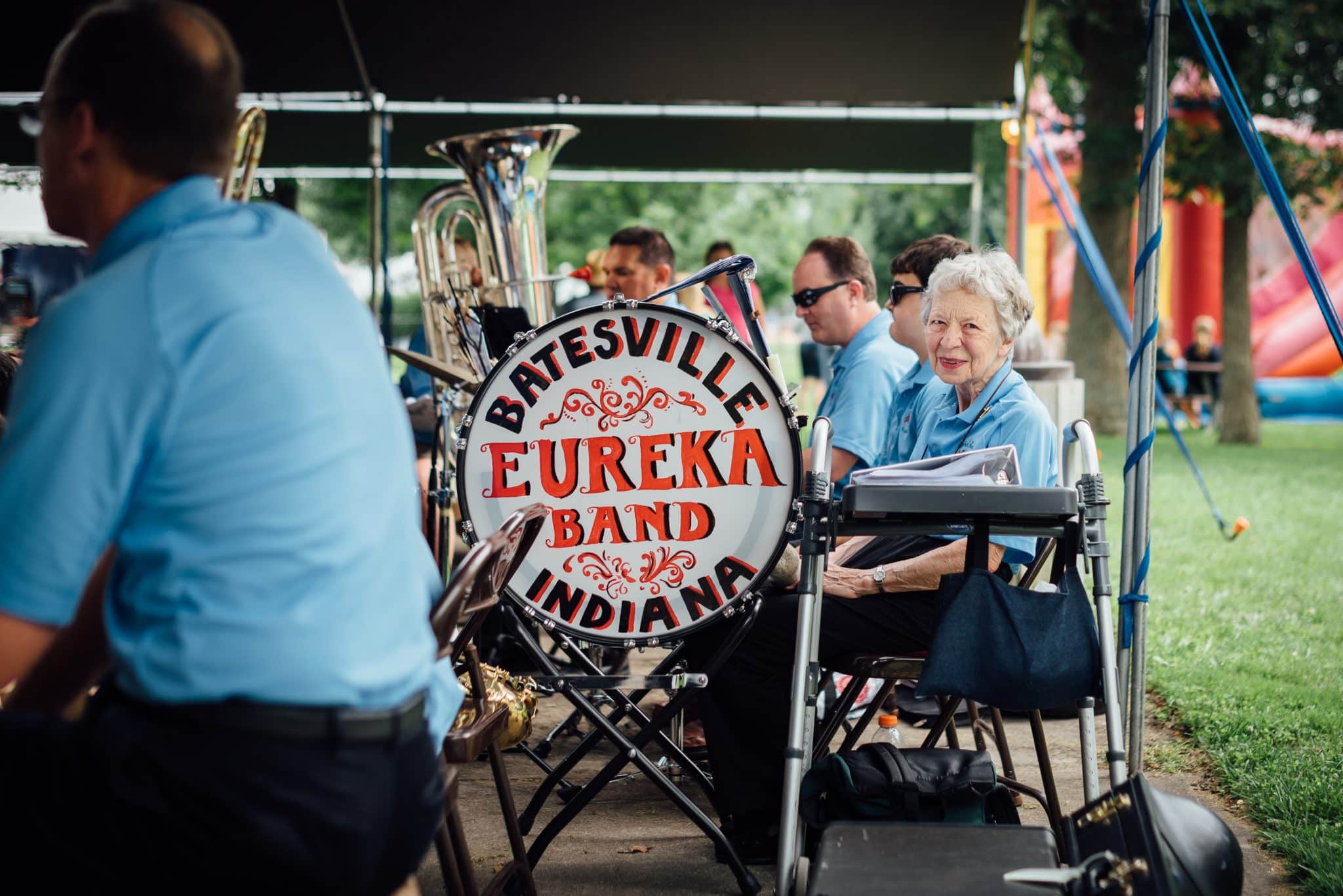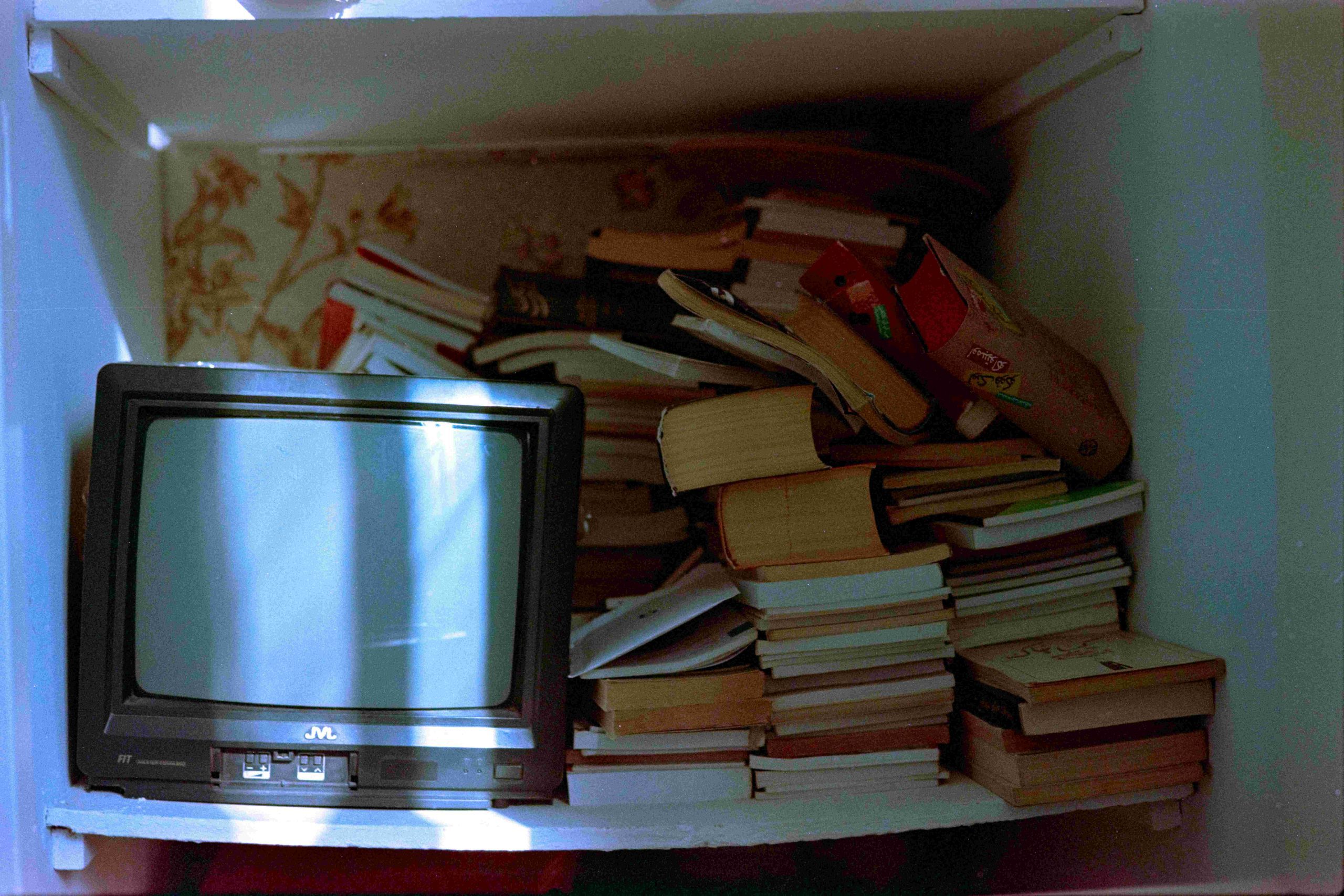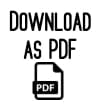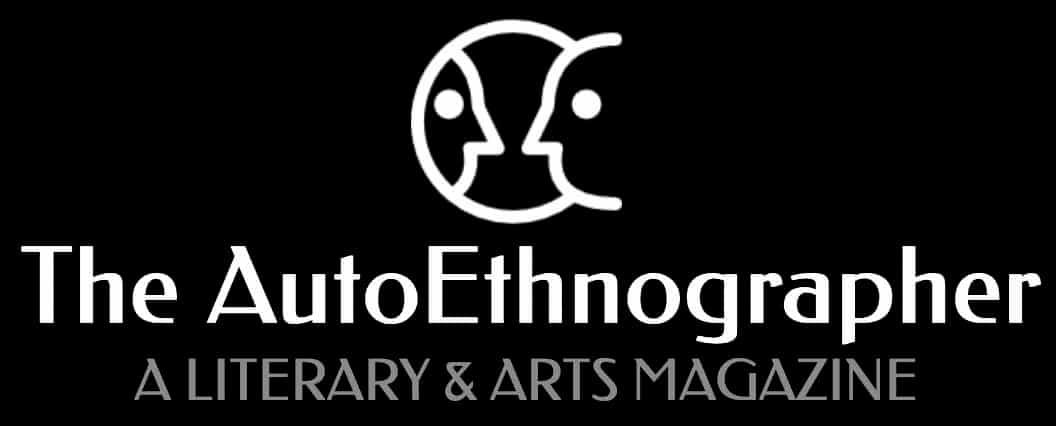Poetry Out of the Closet: Towards a Queer Poetics
Author’s Memo
I came out as a queer woman late, in 2015, which gave me access to the word butch, finally allowing me to recognize myself as a masculine-of-center woman. As this identity is rarely represented in popular culture, I have looked to other butch women’s stories to learn how to navigate my life more authentically. On the surface, their stories encouraged me to be visible in my work teaching college, wearing ties, and introducing myself as she/her. The longer I lived out loud this way, the more I questioned how my poetry could be as queer as I am.
I have been a poet for three decades, striving to express my way of being in the world through writing about experiencing the joys and struggles of having a woman’s body in a patriarchal culture and more recently, celebrating the women who have worked their way into my heart. As my poem and essay illustrate, I have come to feel that it is not enough for me to simply be a queer person or write about queer topics. It’s also necessary to play with the structures and styles I use, to make form follow function. In this work, I unpack how realizing my queerness has influenced how I write my poetry.
‘In this work, I unpack how realizing my queerness has influenced how I write my poetry.
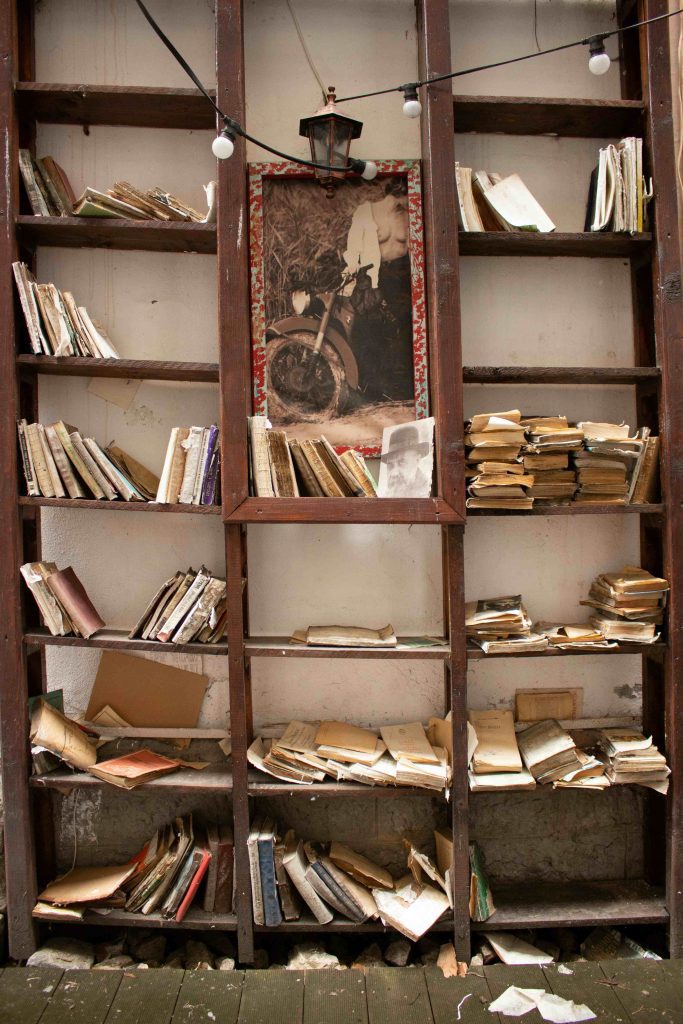
As one of those late-in-life lesbians, I came out at the age of 48, having been a working poet since high school. Back then, I thought I was straight and simply failing at femininity, as opposed to being a butch dyke. One way I finally figured out I might not be straight was spending over a year doing yoga at my gym and writing poetry for my yoga teacher who was very gracious about all the poems, just like all the other women I had written poetry for over the years… all five or six of them…
‘So poetry helped me figure out I was queer. But how would my recognition of my queerness affect the poetry I wrote? What is the difference between the straight-me and the queer-me as a poet? What is my queer poetics?
So poetry helped me figure out I was queer. But how would my recognition of my queerness affect the poetry I wrote? What is the difference between the straight-me and the queer-me as a poet? What is my queer poetics?
To figure this out, I started collecting words that I associate with queerness, both from queer theory (the little I’ve read of it) and my experience of my queer friends and the art, culture and spaces we consume, inhabit and create:
personal political embodied
intersectional nonbinary
comfort/discomfort safety/danger
intimate performative destabilizing
joyful immediate fabulous
resistant glitter non-dualistic
excessive hybrid disruptive
rebellious
I wrote these words on small pastel stickies and stuck them to the corkboard in my office at school, rearranging them during my office hours.
I reread queer poets—Adrienne Rich, Walt Whitman, Jack Kerouac, Emily Dickinson. I had not realized they were queer when I first read them in the 1980s. I began to see how the way they wrote, messing with readers’ expectations, should have given me a clue that there was more going on in their poems than I saw on the surface. I read queer poets who were new to me. Andrea Gibson’s spoken word poetry made a huge impact on me, as did Joelle Taylor’s. Their unflinching juxtaposition of the beautiful and the horrific energizes their work and speaks to the complexity of queer identity in our time. On one hand, queer identity continues to be dangerous/endangered; on the other hand, here is a butch lesbian and a non-binary person literally embodying, vocalizing and publishing their queer experience, both violent and joyful.
‘As the months passed, I kept chewing on the question of queerness, rearranging the stickies. Meanwhile, the culture wars in the US continued: drag bans and Don’t Say Gay.
Andrea Gibson’s spoken word poetry made a huge impact on me, as did Joelle Taylor’s. Their unflinching juxtaposition of the beautiful and the horrific energizes their work and speaks to the complexity of queer identity in our time. On one hand, queer identity continues to be dangerous/endangered; on the other hand, here is a butch lesbian and a non-binary person literally embodying, vocalizing and publishing their queer experience, both violent and joyful.
I read the biographies of masculine-of-center lesbians. I learned more about the closet and the resistance to it from Esther Newton, the anthropologist who pretty much started women/gender studies, and Jeanine Cordova, a journalistic trailblazer for LGBTQ+ rights. I looked at recent life stories that showed the balancing act necessary to be out and proud in the last few decades, first from celebrities Abby Wambach, Megan Rapinoe, and Brandi Carlisle, and then from Stacey Waite, the recent co-editor of a college composition anthology I’ve been teaching with for years.
I was reading to find myself in their pages, and, here and there, I did.
As the months passed, I kept chewing on the question of queerness, rearranging the stickies. Meanwhile, the culture wars in the US continued: drag bans and Don’t Say Gay. I continued to wear ties and pocket squares to my job teaching college writing. I continued to write poetry, thinking about these values that I had been pondering for months:
intimate performative
joyful immediate fabulous
destabilizing resistant excessive
disruptive rebellious
That’s when I started to write this poem.
****
The Poem as Drag Performance
I am excessive, all gold lamé and bustier and tall, so tall, even without the heels that slay, lifting me up to god where I sashay into littoral waters, the border between the sea and hard ground, the mother you drown in before birthing on the hard shore. The sea is excess, fathoms deep like a confession of multitudes swimming through the depths in their sleep: I have stepped from your dreams to this stage for precisely this: to transgress.
(My speaker, Fabulosa, formerly Jack, pirouettes out
of the glass box, mimosa in one hand, her bright pink boa
in the other, the glittering homo heterodox
foreshadowing the long-hoped-for
detonation: the hindering ceiling walls floor
explode shatter lift up: fly away on a strong wind.)
‘…excessive, all gold lamé and bustier and tall, so tall, even without the heels that slay, lifting me up to god where I sashay into littoral waters, the border between the sea and hard ground, the mother you drown in before birthing on the hard shore.
I am aggressively here to make you think as you drink and cheer. I face your fears and drag you to the brink of certainty, embodying what surely is Poem while underneath is Chronicle of War, far-flung gritty and hard as the fan-sprayed shit follows the ceiling’s sharp shards from night into day, clouding the sun for centuries, decades, preventing the shimmering rays we’ve hoped to find in the mirror, our images queer and cornucopial, myriad, glamourous, dear. I recall the long wait, the lonely well of pain our forebears drank from, unsatisfied, parched and afraid. They marched then so we could now stand here.
(My line length could stretch around the planet, like the names engraved
–softly, softly—
with used needles and thread on the infinite AIDS quilt. I leave you
nowhere to hide.)
Categories resist me as I overturn tables, taffeta twisting, destabilizing your gaze, rehabilitating the straight lines in your life, making them curve and curl, a rainbow furling and unfurling on a June breeze. Man? Woman? Boy? Girl? Or something both less and more in bodysuit dress and platforms. Now the Essay has become Song, full-throated and multiplea-voiced, deriding old wrongs and celebrating the essential flexibility of existing beyond binaries that bind and gag.iding old wrongs and celebrating the essential flexibility of existing beyond binaries that bind and gag.
‘Categories resist me as I overturn tables, taffeta twisting, destabilizing your gaze, rehabilitating the straight lines in your life, making them curve and curl, a rainbow furling and unfurling on a June breeze.
(My jagged metaphors, dripping like chemo
from the tree of life, chip away at your boredom with the same
old hetero norms, the same dysthymic acceptance of neither/nor, cut
like scalpel or knife those throbbing nerve
endings you sacrificed for a life like Plato’s cave: Line Break
not happy, but safe.)
They carried me through torrential storms before I let myself chip away at the closet door, turning Elegy into Torch Song or Love Letter to myself. Such transformations require more fluorescent makeup to celebrate, brag and defy spectators’ expectations. Then when rouge rubs off and sun rises, piercing my lashes with its deluge of new light, I fold bustier again, pack up gold lamé, my dry and heavy heart, chin up, tears suspended pending the revolution, and stride out onto linear streets:
(unabashedly vulnerable and fiercely defiant.)
****
When I started, I got as far as Plato’s cave and was stuck. I was unsure about the “I.” Why would I, a butch woman, use a high femme drag queen as the speaker of a poem to embody my poetic aesthetics? Who was the “you” the poem was talking to? A homophobe? An ally? My former self? I knew that I wanted to do something hybrid, mixing tools from poetry and prose. It felt like it was working, but I didn’t know how to end it. So it stayed in this truncated form for weeks.
Meanwhile, I’d been having discussions online about two straight actresses on a popular TV show who had been immediately and permanently “shipped” by the fandom, even though the writers/producers kept throwing male characters at them to make them seem straight (and failing). What was it about this representation of supposedly straight characters that made thousands of viewers read them as gay? The prolonged glances? The way each woman bit her lip when looking at the other, which made them seem vulnerable? The way all those relationships with male characters crashed against their solid, staunch and unyielding friendship, drifting away like sea froth? It was clear that the writers were trying desperately to make them seem straight, but the characters just defied those expectations. This, even though the actresses didn’t realize it until the “fandom” made it impossible to ignore.
‘When I started, I got as far as Plato’s cave and was stuck. I was unsure about the “I.” Why would I, a butch woman, use a high femme drag queen as the speaker of a poem to embody my poetic aesthetics?
And I thought about my lesbian friends, whom I’ve only known since I came out, and the straight women friends I’ve known for years. What was the difference? At lesbian dodgeball, the women wore their gay T-shirts and rainbow socks and reveled in being queer as f*ck. They danced to old ABBA tunes while using their softball pitching skills to smack each other out of the game. Many of these women had also thought they were straight, though for a much shorter time than I had.
And again, why had I been drawn to the figure of a drag queen?
Then I remembered my first out Pride and my first drag queen: a six-foot tall black man in a bustier and platinum wig and five-inch heels at least. His/her full split in the middle of one of the songs just made me wince. Even as a woman, I thought that looked painful. A little later, when people were offering up tips, a butch woman in front of me gave a dollar bill to the four-year old girl riding on her shoulders who waved it at the queen. The queen took the bill, thanking her, caressed her cheek and turned away to the other audience members surrounding the stage. It was a tender moment, not one I would have expected, knowing nothing about drag back then.
‘Who was the “you” the poem was talking to? A homophobe? An ally? My former self? I knew that I wanted to do something hybrid, mixing tools from poetry and prose. It felt like it was working, but I didn’t know how to end it. So it stayed in this truncated form for weeks.
Eventually, I realized the poem had to end offstage after the performance, with the fabulous drag queen stripping off the glitter and going back to the heteronormative society where everything s/he had just mocked might be dangerous. Defiant. Vulnerable. That, for me, is at the heart of queerness. That’s what I want my poetry to be.
###
Credits
Featured image by By Parastoo Maleki for Unsplash
Image by Alexandro Pasqualicchio for Unsplash
Learn More
New to autoethnography? Visit What Is Autoethnography? How Can I Learn More? to learn about autoethnographic writing and expressive arts. Interested in contributing? Then, view our editorial board’s What Do Editors Look for When Reviewing Evocative Autoethnographic Work?. Accordingly, check out our Submissions page. View Our Team in order to learn about our editorial board. Please see our Work with Us page to learn about volunteering at The AutoEthnographer. Visit Scholarships to learn about our annual student scholarship competition.
Susan Spilecki teaches writing at Northeastern University and MIT. My poetry has been nominated for the Pushcart Prize and published in Frontiers, Quarter After Eight, Midwest Poetry Review, Beyond Queer Words and Swagger: A Celebration of the Butch Experience. www.buildingapoem.com.
